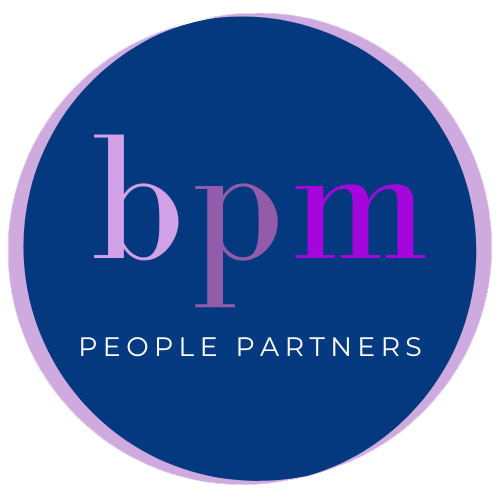Building Influence
Strategies to Support this Skill

Building Influence - Strategies to Support this Skill
In our last post, we shared the importance of cultivating the ability to influence, specifically for an HR professional. Influencing may seem like a snake-oil charm that some people are born with and others are not. And while there are plenty of folks for whom influence and persuasion come naturally, it is also a very teachable skill, if you are willing to put in the practice. These suggestions work great whether you’re trying to pitch a particular solution, change a direction, or build credibility as a leader. Here are some key components to influencing:
Know. The. Business. This is the most consistent feedback I hear about HR professionals - that they don’t really understand the business or the industry. When you’re new to an organization or stepping into a new position, take the time to dig in with your peers in other departments to understand their goals, their challenges, their strategies, and their perspectives on the industry as a whole. You will be a better strategic partner for it.
Put yourself in their shoes. Once you understand the business, you can identify the most pressing challenges facing your organization. Then, put your People lens back on - how can the people strategy be set to address those problems? When you’re working with another department leader, speak to them in terms of their org and their needs, and make suggestions in that context - they will be thrilled that you really “get” it and can offer a different perspective in the same language.
Be proactive. This suggestion is about building trust. Leverage your understanding of the business and your colleagues’ challenges to seek out ways the People strategy can solve business problems and raise the suggestion before it comes across your desk. This works especially well if you have 1:1’s set up with your peers. Instead of using that time to repeatedly ask for what you need from other departments, you can offer, “I noticed ABC issue, and I was thinking XYZ might help that I can provide.” If you do this, you will be viewed as a problem-solver, and your peers and leadership will start to come to you when they need a thought partner, as well as willing to offer their support when you have a challenge of your own.
Start with context, and then lead to the answer! There’s a business writing paradigm, SCQA, that is quite helpful for framing conversations. Explain the Situation, meaning background and agreed-upon information; identify the Complication, which would be the problem or change; share your Questions, or your hypothesis, suggestion, or questions about the Complication; and then suggest an Answer based on the information you shared so far. The Answer is ultimately your proposal or outcome, and the first 3 components should lead the conversation there. This system allows your conversation partner to start with the same information as you, and it will help them feel like your pitch or suggestion is the natural outcome for the situation.
Anticipate pushback or other complications, then be prepared to provide alternatives. This involves doing some prep work before any meeting or presentation. Again, use the skill of putting yourself in others’ shoes, and try to think about what might be objectionable about your pitch, depending on who you are meeting with specifically. What part of your proposal can you concede on, and what is non-negotiable? Can you identify and propose mitigation for challenges before they even come up? If you can answer these types of questions before your conversation, it will go much smoother in the moment.
Garner support from other leaders. This is the time to put all those hard-earned relationships to work! When you are leading a project or working on influencing a decision, it is important to understand where your colleagues stand. You can preview a subject with your peers before a big meeting, so they feel prepared. A quick phone call goes a long way. Whether they are supportive of your direction or not, they will appreciate the heads’ up, and you can go into the situation with more information.
Listen. We saved the simplest and most important skill for last. Simple because active listening can just look like nodding along, taking notes, not interrupting, and asking questions, rather than immediately offering your perspective–it is not complicated. And most important because the impact of active listening is so frequently overlooked. People enjoy talking, especially about themselves, their teams, their projects, and their challenges, so immediately you are indulging them, but there are so many other benefits to listening as well. You may pick up on details of their situation that they have overlooked. So many times I have asked a question or pointed something out because I was listening intently, that completely reframed a challenge. Something they share now may become relevant to a different challenge down the line. Listening gives you the opportunity to connect the dots between situations, and see how they impact one another. And, one more tip: listen when people talk about their personal lives too. Connecting with your colleagues is absolutely paramount to building trust and influence, because you will better understand them and they will better understand you.
Contacts
Yvonne Rickert
Margel DiMaggio
Jonathan Chomicz











